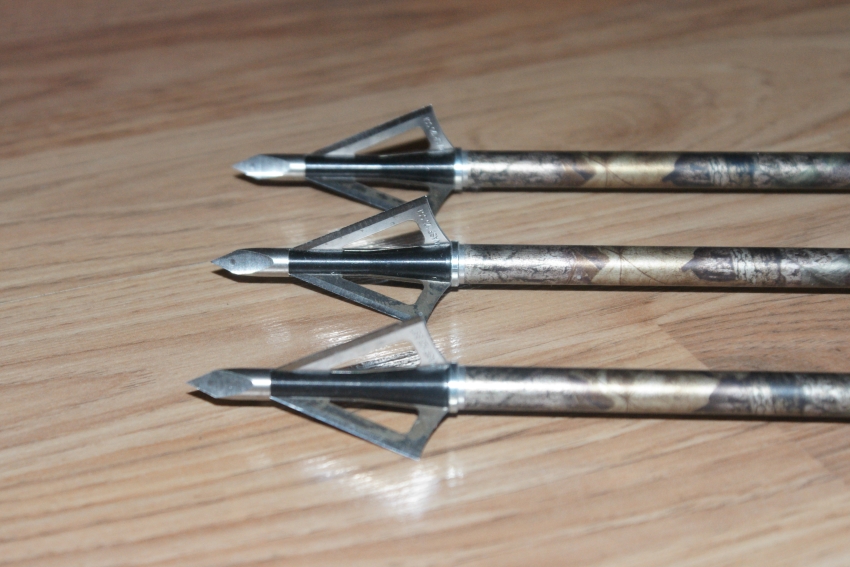Deer hunting is all about being sneaky, and when it comes to being sneaky there is no better way than to use a treestand. Treestands are the best way to get on top of your hunting situation. Treestands give hunters a better view of animals as they approach and take advantage of a deer’s one big weakness-deer don’t look up. Treestands come in many different shapes and sizes and undoubtedly there is a model out there for you.
Treestands work on the principle that deer approach a feeding area by looking at the big picture. They survey the entire area for signs of predators; sniff the air for the scent of predators, then listen for the sounds of predators. If everything is clear then they will walk in and start feeding. However, since deer have very few natural enemies to attack them from above, they generally don’t look up much beyond ground level. This is where the treestand comes in.
As deer begin feeding they focus more on things at their eye level. Rarely will there be any natural dangers from above so deer tend to ignore this angle. By building or setting up a treestand around 16’ or more above ground, deer will not take the time to look up and see you. You will have the advantage as the height gives you a better view as animals approach and your scent will not hang close to ground. Many hunters wear camo clothing to help blend in with the tree trunks and branches while in a treestand. Some hunters will place branches around the top of the stand to help disguise movements and shapes.
There are two basic styles of treestands, portable and permanent. Portable treestands are generally smaller and can be carried on your back from tree to tree. An average portable treestand is 30” by 30” or so and can be set up in minutes. Models will usually come with a small bench to sit on in case you have wait in the treestand for extended periods of time.

Permanent treestands are built in place near established deer trails and are much more solid and comfortable than the portables. Permanent treestands can have a roof on them and walls to help shelter the hunter from the cool winds that often go along with deer hunting. Permanent treestands are better suited for gun hunting as the solid floors and walls will ensure safety should recoil from a shot knock you off balance. Portable treestands are better suited for bowhunting as there is less danger of recoil knocking you off balance causing a sudden fall to the ground.
Even though hunters may spend hours in a treestand suspended many feet off the ground, more people are injured while climbing in and out of treestands than who are injured while actually hunting. There are many different types of safety harness systems on the market which should be worn at all times when in a treestand or climbing in and out of one. Safety harnesses are fairly inexpensive and last for several years if kept dry and used properly.
Leg, back, and arm muscles get surprising stiff in cold weather while standing in one place making it even more difficult to climb up or down from your stand. Hands full of bows, calls, backpacks, etc. can also lead to disaster while climbing the ladder into your stand, so a separate lift line to hoist and lower your bow, gun, and gadgets is also necessary. Just like a seat belts in a car, make sure you always use a harness while installing a treestand or hunting, even if only working a few feet off the ground.

Treestands should be installed early on in the season. As deer approach the rut they are more cautious of changes in their environment. Noises of people hanging or building a stand are enough to scare deer away from an area for months if done too late in the season.
Deer will also notice new structures more in late summer and early fall as they are so in tune with the surrounding area at this time of year and will avoid anything that is different from the day before. Bring in portable stands at the end of the hunting season, the straps that hold it up will benefit from some time drying out and as the tree grows the follow year it can damage stands or make them even more difficult to remove.
When designing a permanent treestand, consider having windows on all sides, room for a table and chairs, even ways of mounting or viewing trail cameras. Make certain it will survive strong winds and the weight of snow on its roof.
Whenever possible use natural posts that still look like trees and if necessary stain the wood so your treestand is protected from the elements and blends in with the surroundings. Go all out, if you have the space make room for a sleeping bag or cot for taking mid day naps and a cooler for keeping drinks and food. Not only is this your hunting “cabane”, but it can also be your home away from home.
There are many different ways to access your stand once it is built, many treestands come with ladders and other lightweight portable climbing ladders can be purchased. Permanent treestands usually have ladders built into them. Spikes that hammer into the tree below your treestand can also be purchased, but think of the trees before using too many spikes. Foot spikes are often hard to remove should you decide to re-locate your stand in following years costing you money and causing needless damage to the tree.
When properly positioned, treestands will increase your hunting successes, whether you use a portable or build a permanent stand. Scout your hunting areas often for tracks and signs of deer so the ultimate treestand placement can be made early and you can be sneakier than the deer.
Copyright 2019 Mike Wilson




